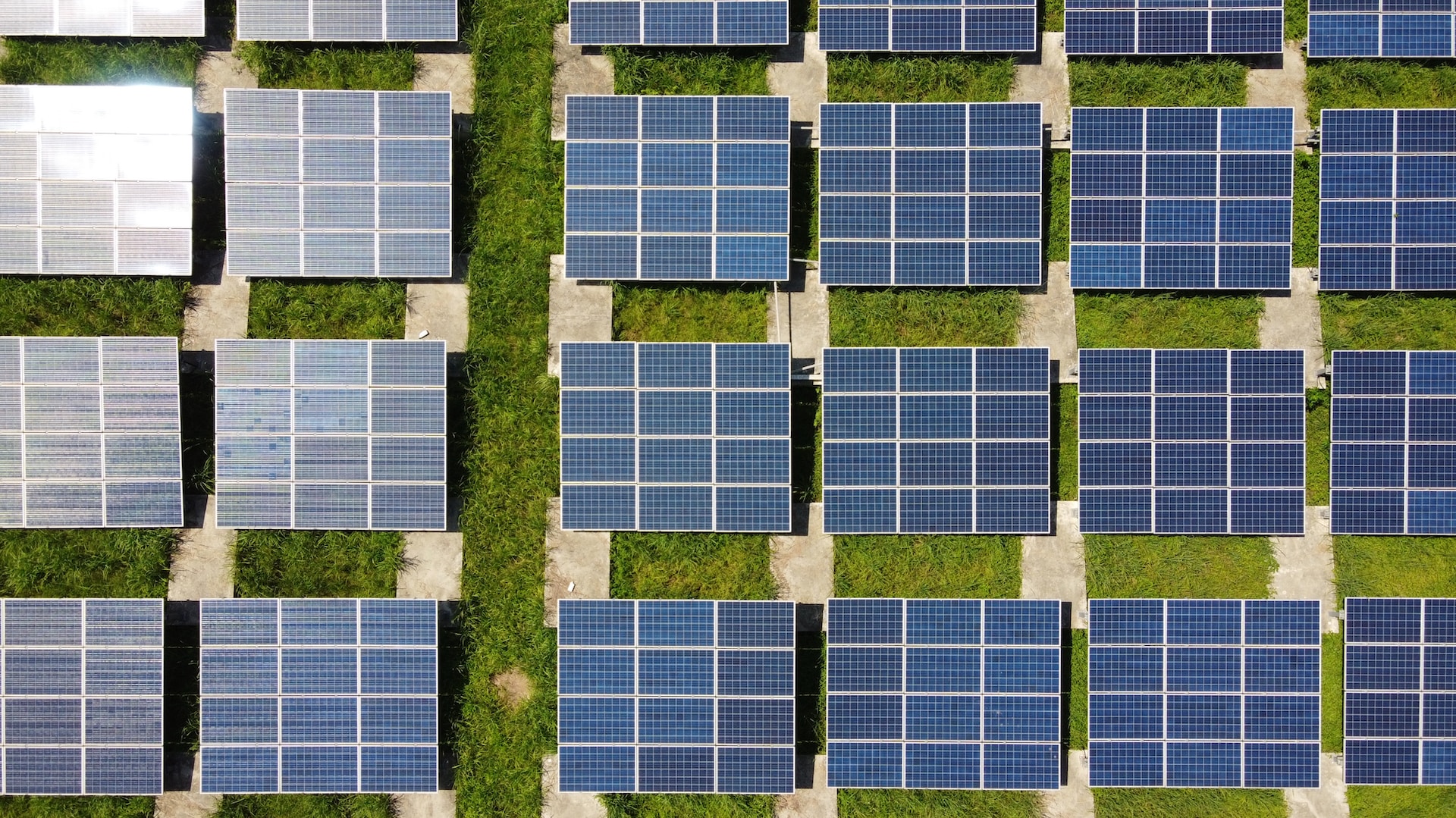Energy independence is an important goal for many Americans. It means not relying on fossil fuels, contributing to pollution and climate change. It also means not having to pay for electricity from volatile markets. The best way to achieve energy independence is by going solar.
Cost Savings
Community solar is a great way for residents and businesses to enjoy the benefits of renewable energy without installing panels on their roofs. Local solar farms produce electricity, which is then plugged into the existing regional power grid. Residents or businesses then draw from the grid and receive bill credits that are credited to their utility bills.
This helps to lower their energy costs and provides a hedge against rising utility rates. In addition, communities can take advantage of community solar and access clean energy in disadvantaged neighborhoods. Historically, dirty fossil fuel plants have been located in low-income and people of color neighborhoods.
Community solar can help to address this inequality by allowing people in these communities to participate in the benefits of clean energy and decreasing dependence on fossil fuels. Many community solar projects are built on land that otherwise would be used for other purposes, such as brownfield sites or agricultural land (in agrivoltaic farms). This makes these projects more sustainable using existing resources instead of new construction and land clearing.
Depending on the model, a solar developer builds, owns, or sponsors the project with community members in a lease or power purchase agreement. When subscribers participate in community solar, they receive credit on their utility bill for the electricity generated by the farm that is sold back to the grid. This can offset their electricity use during the day when energy is most expensive and reduce their utility bills by a significant amount.
Environmental Benefits
In addition to electricity cost savings, community solar provides environmental benefits. Many of these projects are built on previously cleared and unusable plots of land, including landfills and brownfields. Others can also be located on existing agricultural sites, allowing livestock like sheep to continue grazing alongside solar panels.
Community solar can also help reduce reliance on fossil fuels by supporting the growth of renewable energy production and decreasing the need for new power plants to be built. Unlike residential rooftop solar systems, community solar projects allow subscribers to participate without the upfront costs of purchasing and installing their system.
Additionally, community solar allows the monetization of federal investment tax credits and the passing of savings to customers through subscription rates. These advantages can be especially important for low- and moderate-income households. A growing market for community solar for low-income families promises to deliver significant long-term monetary and environmental benefits.
It is supported by various actors, including utility leadership, local government support, community organizations, developers and subscribers. This mutual commitment creates a virtuous cycle of broad support that ultimately helps ensure that community solar benefits all customers. To maximize the impact of these programs, they must be designed to be inclusive and equitable.
To this end, program design should avoid flat fees that are not in line with the reduction in energy bills and cancellation fees that may discourage participation by low-income households. It is also important that the program’s contracts be transparent and accessible to low-income families.
Economic Benefits
Community solar’s most immediate economic benefit is the savings that subscribers experience. By switching to a community solar subscription, consumers can save up to 10% on their electricity bills yearly. In addition, these customers can help reduce emissions contributing to climate change by reducing energy consumption.
The other way community solar supports economic benefits is by creating jobs, allowing communities to thrive economically. Community solar projects can support local economies, creating opportunities for skilled workers in the clean energy sector. This includes installers, project developers, and other professionals with skills in finance, accounting, engineering and construction management.
Unlike residential solar, which tends to be associated with affluent customers, community solar provides pathways for low- and moderate-income households to participate in renewable energy projects. Typically, these households can access the projects through a “subscription gifting” program that leverages philanthropic contributions to support community solar participation. The subscriber receives credit on their utility bill based on the energy their share of the solar farm produces.
Additionally, some community solar farms use a purchase model where individuals can buy panels in the solar farm and get ownership of the energy produced. This can lead to higher savings potential over time and allows the owner to take advantage of tax credits.
Community Benefits
A community solar project consists of multiple customers – typically individuals, businesses, and nonprofits – who subscribe to and benefit from the energy produced by an off-site solar array. In addition to the financial and environmental benefits of community solar, it can also bring economic opportunity to communities in need by creating short- and long-term jobs and bringing investment to local economies.
In a world where COVID continues to plague the economy, community solar is uniquely positioned to help stimulate recovery by creating new, sustainable jobs and reducing electricity costs for hard-hit families and businesses. It can also offer a steady stream of revenue to rural landowners and agricultural producers who would otherwise be unable to lease their farmland for other purposes or leave it vacant.
Those who sign up for community solar can reap the benefits by receiving bill credits on their utility bills for the energy produced by their shared solar array. These credits can save households up to 5% on their electric bills while supporting local economies and reducing greenhouse gas emissions. Because community solar is open to anyone who wants to participate, it can be a great option for people who can’t install rooftop solar on their homes due to renters’ rights, living in multi-unit buildings, or roofs unsuitable for solar.


